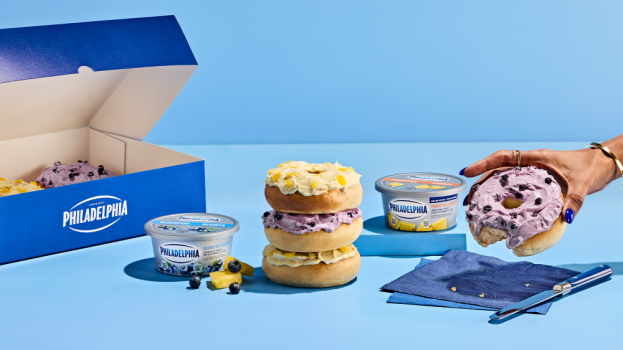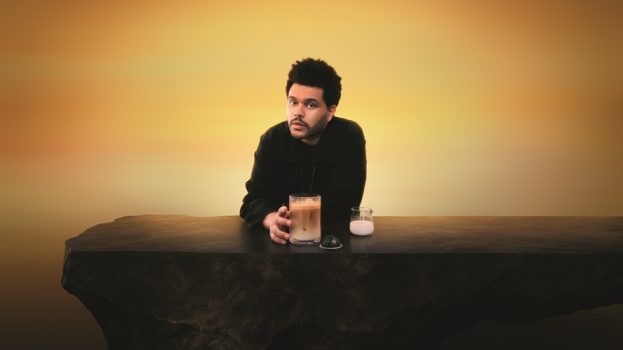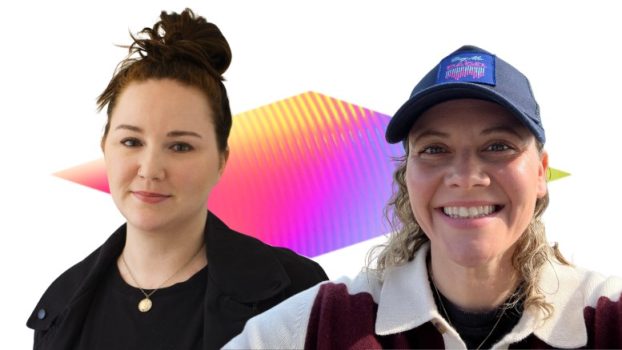Personal grooming regimens have been knocked off kilter thanks to COVID-19.
Field Agent Canada data finds women are applying makeup far less often, down 62% from levels seen pre-physical distancing. Euromonitor International’s annual Survey on Personal Appearances found that sampling was the fourth biggest influencer for purchasing beauty products across all categories. So, what happens if that avenue is less available to brand marketers, and the only time women feel the need to look more formal is during the occasional Zoom meeting?
Lisa Cavanaugh, associate professor of marketing and behavioural science at the University of British Columbia’s Sauder School of Business, says brands will have to better identify what customer needs are. While some of those will be the same as before the pandemic, things like social connection and safety will have a new sense of priority in a product category that typically has not defined itself in those ways.
Cavanaugh says with germs and cleanliness set to remain top of mind for the foreseeable future, it may also make in-store sampling in its current form considerably less attractive even after the pandemic calms down.
“I am confident we will see more companies incorporating AR-type technologies,” she says. That has been a trend in the category for some time, but she adds that smart marketers will focus their energy on getting even more creative with it and incorporating more of what consumers enjoy about the in-store experience.
Augmented reality beauty app YouCam Makeup, for example, offers AR makeovers in real-time with professional cosmetologists and live-streamed tutorials. Its premium service offers more exclusive products, beautifying tools, and high-def photo saving.
 When it comes to distribution, Cavanaugh thinks cosmetics brands with an exclusive DTC model is seeming even more viable in a sector for which in-store sampling has historically been important. In fact, she says, cosmetics companies such as Birchbox (the New York City-based online monthly subscription service) have been successful without in-store sampling for quite some time by sending samples directly to consumers.
When it comes to distribution, Cavanaugh thinks cosmetics brands with an exclusive DTC model is seeming even more viable in a sector for which in-store sampling has historically been important. In fact, she says, cosmetics companies such as Birchbox (the New York City-based online monthly subscription service) have been successful without in-store sampling for quite some time by sending samples directly to consumers.
“We also have seen this type of disruptive DTC success in other verticals previously believed to require in-store sampling, such as fitting women’s bras,” Cavanaugh says, citing Third Love, a California-based company that was the first undergarment brand to offer trademarked half cup sizing, as well as a mobile app allowing women to measure themselves at home.
At March’s DX3 conference, Monika Deol, founder of Stellar Beauty, admitted that when she founded the brand in March 2017, “the be-all end-all goal” was getting into stores. However, she says, the brand pulled out of major markets like New York City, Los Angeles, Dallas, Miami, as well as five cities in Canada, in order to focus on the online, direct-to-consumer segment of the business.
“I’ve always thought that with makeup you want to touch it, see it feel it, wear it, but our customers buy online,” Deol conceded, adding that the costs born out of more product returns for online orders, is well worth not being in bricks and mortar.
The Stellar founder said her point of differentiation regardless of where her sales come from, is being an indie, family-owned brand in a landscape where “every second brand is owned by L’Oréal or Estee Lauder or Shiseido.” Also, she says it helps she is both a woman and a woman of colour in an industry where both are in short supply.
Besides having a brand story that resonates with consumers, Cavanaugh says challenger brands like Birchbox and Stellar tend to be nimbler and less entrenched in established ways of thinking and operating and that major disruptions, such as the COVID-19 pandemic, provide prime opportunities for newer brands to re-think and differentiate their value propositions.
Cavanaugh says it is also important to remember the significance social media influencers and YouTube personalities that currently drive purchases in the cosmetics space without consumers necessarily setting foot in stores.
However, she says, cosmetic brands that have developed an omni-channel presence and coordinated omni-channel strategy will be best poised to pivot, once normalcy resumes. These brands will be able to reap the online advantage as well as the benefits of brick and mortar as customer demand necessitates.
























